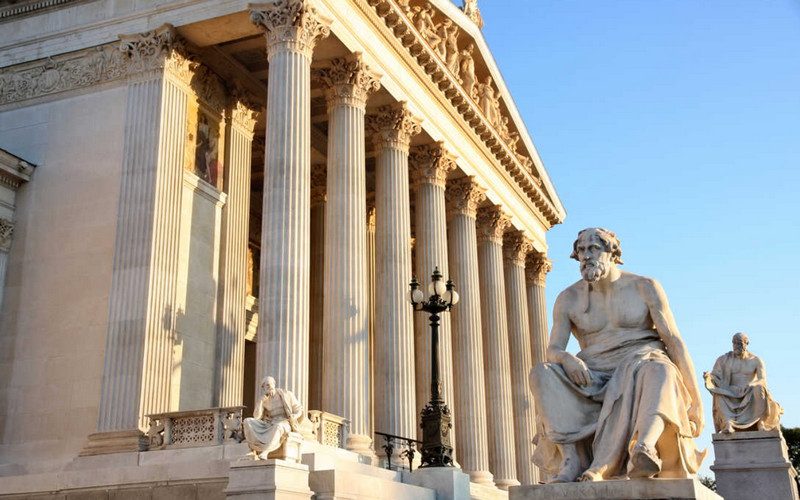Athens

With 664,046 inhabitants, Athens is the capital of Greece, a cosmopolitan metropolis floating between past and present, and the economic, financial, industrial, and cultural center of the entire country. The famous Acropolis, Agora, National Archaeological Museum, and dozens of other attractions make it a true open-air museum for those who want to delve into the past.
Thessaloniki
Founded around 315 BC, Thessaloniki is the second most important city in Greece, with a population of 315,196. Today it is a thriving industrial, commercial, and cultural center, a shipping hub in southeastern Europe, and her second busiest port in the country. The city, like most of the Greek coast, has beautiful seas, traces of Ottoman rule, a Jewish community, and numerous examples of Byzantine and early Christian architecture that are listed as UNESCO World Heritage Sites.
Patras
The Patras district has been inhabited for almost 4,000 years and was the center of important historical events, including the start of the Peloponnesian War and Byzantine rule in the Middle Ages. Today, with 167,446 inhabitants, the city is one of Greece’s most important cities and was named the European Capital of Culture in 2006. Even in Patra, you can enjoy ‘tan’ almost all year round.
Corinth
Corinth has its roots in the oldest Greek mythology. According to legend, it was founded in 1429 BC. Founded by Sisyphus, the son of the wind god Aiolos. Corinth enjoys both beautiful beaches and mountainous terrain, represented mainly by the Oneida Mountains and the monolithic complex of Acrokorinthos. Among other things, the eponymous fortress was built in the latter during the Byzantine and Venetian periods.
Rhodes
Rhodes is located at the northern tip of the island of the same name. 402 B.C.E. Specific Babylonian Octagon Plan. Rhodes is today one of the most important tourist destinations in Greece, given its beautiful beaches and clear waters suitable for snorkeling, its numerous monuments, and the charm exuded by the legend of the famous Colossus of Rhodes.
Argo
Since its millennium origins, this city surrounded by nature has become one of the most important tourist destinations in Greece. It is bounded to the north by the plain of the same name and to the south by a bay. The town of Nafplio is to the east and west by the two hills of Larissa and Aspis. Argo, like any other Greek city, is a vibrant and vibrant city with glimpses of a fascinating mythological past that can be admired by visiting the fortresses and archaeological sites just outside the city. Pleasant place with a street.
Delphi
Delphi or Delphi is a historic Greek city of 26,716 inhabitants located in Phokis on the slopes of Mount Parnassus at the crossroads of ancient communication routes. Ancient Greece’s most important archaeological sites include the famous Oracle of Apollo, the stadium, and the ancient theater. In addition, the sanctuary adjoins the Athenian treasury and many other dwellings of the time, custodians of the priceless wealth housed in the Archaeological Museum.
Megara
Megara is a small but very distinctive Greek town of 34,174 people on the outskirts of Attica. The city is the birthplace of Euclid and a major player in Greek colonization, with roots that go back to the Middle Ages in Greece. Because of this, it has smaller archaeological sites compared to its larger ‘sister’ site but is still equally beautiful.
Sparta
The Spartans were known for their rigorous training, primarily centered around war and honor. For this reason, they did not devote themselves to the construction of any particular work of art. The city originally stood on six hills. Excavations have revealed the remains of the Temple of Artemis, a small temple of Athena II, and a Roman theater from the 20th century BC. You can still see it today. The only Spartan museum is in Odos.
Olympia
The Olympic Games will be held in Olympia. This led UNESCO to declare its patrimony of humanity to archaeological sites in 1989. When Emperor Theodosius forbade the games to be held, the city was abandoned and completely buried under alluvial soil. Modern excavations have revealed an Olympic stadium, the Temple of Olympian Zeus, a gymnasium, a gymnasium, a hippodrome, and several buildings used by both athletes and priests of the Doric or Ionian Order.